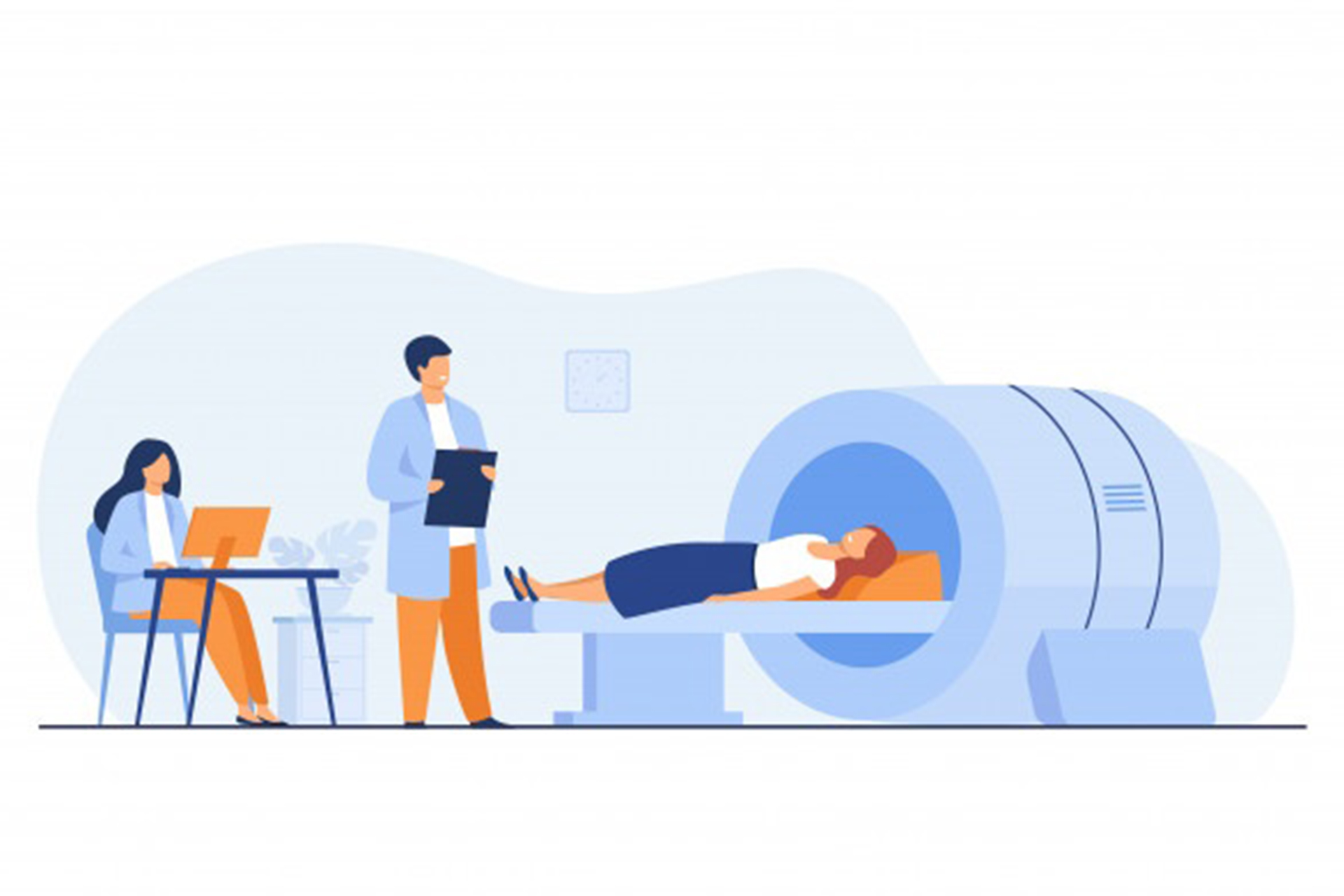
Examination & Diagnosis
The physical examination adds to the information collected from inspection, palpation, percussion, and auscultation, completing the diagnostic process. When all of the information from the history and physical examination has been gathered, a working diagnosis is made, and tests are chosen to confirm or rule out that diagnosis.
When being checked, patients are frequently nervous and worried because they feel exposed, vulnerable, and fearful of discomfort. The doctor tries to calm the patient's fears by outlining which tests would be performed and how uncomfortable they will be. Concern for the patient's dignity must be maintained during the examination.
Inspection
Although advanced technologies are available to aid in inspections, a well-conducted visual assessment can frequently disclose more information. Physicians should carefully study patients before touching them, according to Osler, because observation is one of the most powerful diagnostic techniques. As a result, the general appearance, condition of nutrition, symmetry, and posture of the patient should all be examined first. Inadequate grooming or slack posture may indicate depression or low self-esteem; wasting and other signs of poor nutrition may indicate chronic disease; poor grooming or slack posture may indicate depression or low self-esteem. The doctor next examines the skin more closely, looking for redness or other signs of infection, hair loss, thickening of the nails, and moles or other regions of pigmentation, as well as any recent changes in skin lesions that could suggest early cancer. The inspection should also include places that the patient would not ordinarily be able to see, such as the scalp, back, and buttocks.
In order to make a diagnosis, the nails and skin are very significant. The examination of the nails might reveal crucial information about a person's overall health. Congenital heart disease, chronic obstructive pulmonary disease, bronchogenic carcinoma, or another cardiac or pulmonary illness may be indicated by clubbing of the nails (broadening of the nailbeds with curled and glossy nails). Psoriasis patients with pitted nails account for nearly half of all psoriasis patients. It's important to check your skin for cancer on a regular basis, even if it can be difficult to tell the difference between a benign mole (nevus) and a cancer.
Malignant melanoma, the most serious form of skin cancer, affects around 1 in 10,000 people and can quickly spread throughout the body. Squamous-cell carcinoma can also spread, but it does so slowly and can be entirely treated if detected and removed early. The most prevalent type of skin cancer is basal-cell carcinoma, which is locally invasive but rarely spreads to other regions of the body. Lesions that have lately expanded, begun to bleed, darkened, or formed an uneven outline are suspect. The majority of skin cancers develop on sun-exposed parts of the body; they are more common among light-skinned people with blond hair and blue eyes who sunburn easily.